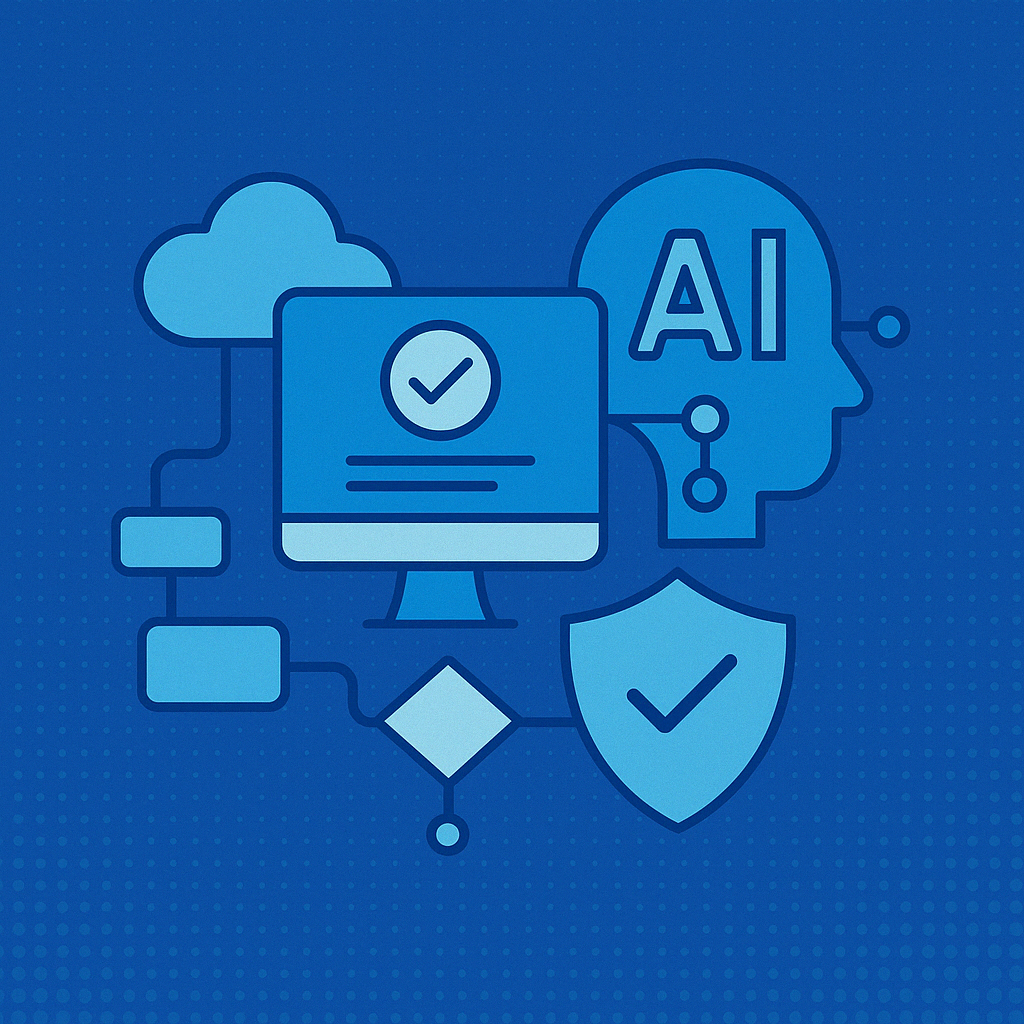Testing Strategy for 2025: Building Safe Systems for an AI-Accelerated Future

As we move deeper into the decade, macro trends like those outlined in The Fourth Turning are reshaping how we build and test software. Millennials—now the dominant force in engineering teams—embrace iterative, error-driven development. They are comfortable experimenting, failing fast, and learning on the fly. This attitude, coupled with the rise of AI-assisted development (known to be call Vibe Programming), is accelerating both our ability to ship—and our potential to break things.
In this new environment, the role of testing becomes more critical than ever.
The Problem: Speed vs. System Integrity
While AI copilots increase developer throughput, they often abstract away the deeper reasoning behind system design. New engineers are onboarding faster than ever, but many are skipping over foundational computer science concepts. The result? Systems are evolving at a breakneck pace, but the confidence that they are behaving as intended is diminishing.
Our Response: Build Safe Platforms, Not Just Features
In 2025, engineers will spend less time writing isolated features and more time building guardrails—systems that enable rapid experimentation without sacrificing integrity, security, or user trust.
This means:
- Automated Testing at Every Layer: Unit, integration, end-to-end, and performance tests must become part of the deployment pipeline, not afterthoughts.
- Security by Design: With citizen development on the rise, systems must be tested continuously for security exposures. Fuzz Testing will play a critical role in uncovering edge-case vulnerabilities before attackers do.
- Observability as a Test Tool: We must treat observability not just as a reliability feature, but as a feedback loop for testing hypotheses and catching regressions in real time.
- Safe Sandboxes for Non-Engineers: With tools becoming more accessible, non-technical stakeholders will increasingly build their own workflows and logic. This AI-accelerated shadow IT movement (ThoughtWorks Radar) demands strict validation layers, audit logs, and runtime guards.
What This Looks Like in Practice
- Infrastructure as Code will define not just environments but policies and constraints.
- Test coverage reporting will shift from percentage metrics to risk-based prioritization.
- AI copilots will write tests—but engineers will review them for coverage, intent, and gaps.
- Feature flags, contract testing, and chaos engineering will move from "DevOps extras" to essential engineering practices.
The End Goal: Continuous Confidence
In 2025, testing isn’t just about catching bugs—it’s about creating a development environment where experimentation is safe, fast, and reversible. Our job as engineering leaders is to build the platform that allows others to move quickly without breaking things.
If you’re not testing to build confidence in change, you’re not testing the right things.
